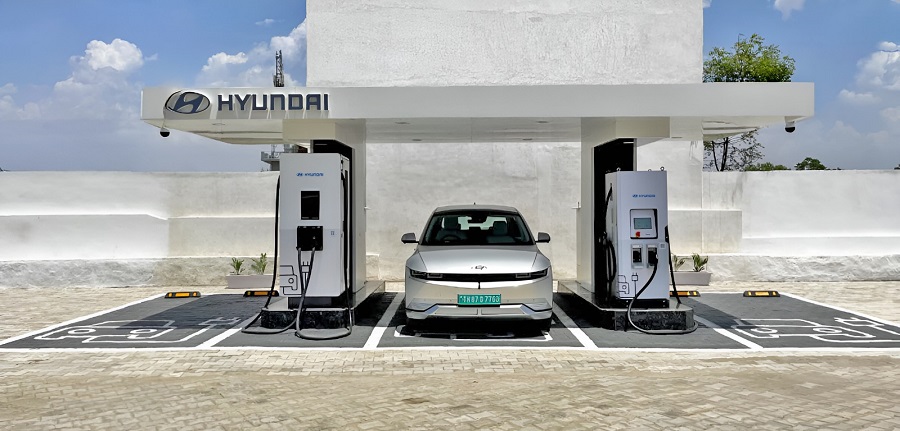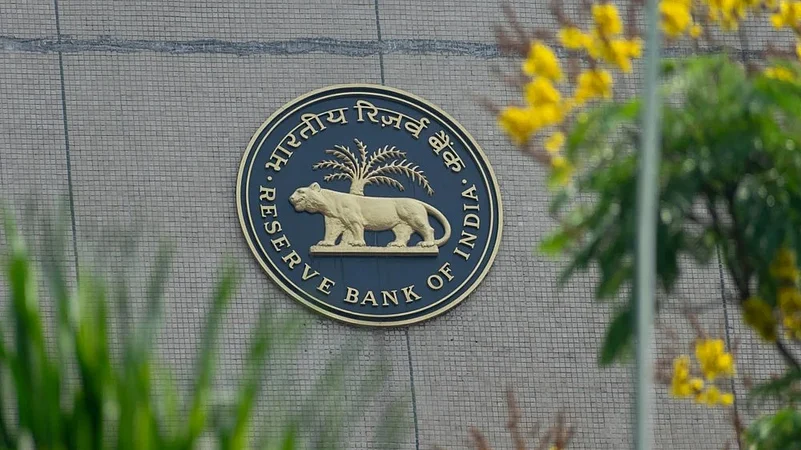Now Reading: India Accelerates EV Adoption with New Charging Station Guidelines
-
01
India Accelerates EV Adoption with New Charging Station Guidelines
India Accelerates EV Adoption with New Charging Station Guidelines

The Indian government has rolled out fresh guidelines under the PM-E Drive scheme to expand electric vehicle (EV) charging infrastructure across the country. With a focus on cities and major highways, the move aims to make EV ownership more practical, addressing range anxiety and supporting the country’s push toward sustainable transportation.
Expanding Charging Network
The updated guidelines encourage public and private participation in setting up EV charging stations. Priority is being given to urban centers, highways, and industrial corridors to ensure convenient access for commuters and commercial vehicles. The government aims to balance coverage across Tier 2 and Tier 3 cities, making EV travel more inclusive.
Incentives and Implementation
Financial support and simplified approval processes are part of the plan to attract investment in charging infrastructure. Operators are expected to meet technical standards to ensure reliability and safety, fostering public confidence in EV adoption. Authorities are also monitoring station utilization to optimize locations and services.
Impact on EV Market
A wider and reliable charging network is likely to boost consumer interest in EVs, reduce dependence on fossil fuels, and contribute to India’s emission reduction goals. The scheme may also encourage innovation in charging technology and business models tailored to urban and intercity travel.
Conclusion
By strengthening the EV charging ecosystem, India is taking tangible steps toward cleaner transportation and wider EV adoption. The new guidelines aim to make EV ownership convenient, supporting both environmental targets and the growth of a sustainable mobility market.

























